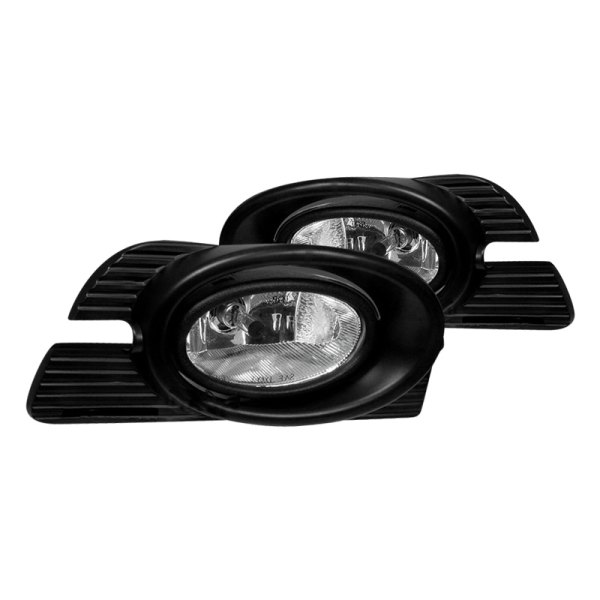

Conn then began to contemplate manufacturing his new mouthpiece. After he showed his friends his idea, he realized that there was tremendous demand for his invention. He decided to try adhering rubber stamp material to the rim of a mouthpiece which he hoped would conform to his lips. In addition to running his store, Conn also made rubber stamps and re-plated silverware. Conn's upper lip was severely lacerated, and it pained him so to play his cornet that he thought his playing days were over. There are three existing stories of how this occurred, but the popularly accepted version is that Del Crampton slugged him in the mouth outside a saloon where both of them had been drinking. Conn's entrance into the musical instrument manufacturing business was the result of a split lip. He also played cornet in the local community band. Founding and growth of Conn's musical instrument business Īfter the war, Conn returned to Elkhart and established a grocery and baking business. His home at Elkhart, the Charles Gerard Conn Mansion, was added to the National Register of Historic Places in 2007. Colonel Conn also served as Lieutenant Colonel of the 2nd Regiment of Uniform Rank, Knights of Pythias, and was re-elected many times as Commander of the local G.A.R. He was also the first commander of the Elkhart Commandery of the Knights Templar. In 1884 Conn organized the 1st Regiment of Artillery in the Indiana Legion and became its first Colonel, a military title which stayed with him throughout the remainder of his life. He was honorably discharged on 28 July 1865. In spite of two imaginative and valiant attempts to escape, he was recaptured and spent the remainder of the war in captivity. During the Assault on Petersburg on 30 July 1864, Conn was wounded and taken prisoner. At the age of nineteen on 8 August 1863 he was elevated to the rank of captain. When his enlistment expired he returned to Elkhart, but re-enlisted on 12 December 1863 at Niles, Michigan in Company G, 1st Michigan Sharpshooters. On 14 June 1861 he became a private in Company B, 15th Regiment Indiana Infantry, and shortly afterwards was assigned to a regimental band. With the outbreak of the American Civil War he enlisted in the army on at the age of seventeen, despite his parents' protests. Little is known about his early life, other than that he learned to play the cornet. In 1850 he accompanied his family to Three Rivers, Michigan and in the following year to Elkhart, Indiana. The company was founded by Charles Gerard Conn (b. 1.5 The Paul Gazlay - Lee Greenleaf era, 1949-1969.1.2 Founding and growth of Conn's musical instrument business.Conn survived as a brand of musical instruments manufactured by Conn-Selmer, retaining several instruments for which it was known: the Conn 8D horn, 88H trombone, 62H bass trombone, 52BSP trumpet and the 1FR flugelhorn. The assets of UMI were bought by Steinway Musical Instruments in 2000 and in January 2003 were merged with other Steinway properties into a subsidiary called Conn-Selmer. The company was sold in 1980 and then again in 1985, reorganized under the parent corporation United Musical Instruments (UMI) in 1986. Conn was divested of its Elkhart production facilities in 1970, leaving remaining production in satellite facilities and contractor sources. In 1969 the company was sold in bankruptcy to the Crowell-Collier-MacMillan publishing company. During the 1950s the bulk of its sales revenue shifted to electric organs. Its early business was based primarily on brass instruments, which were manufactured in Elkhart, Indiana.
It bought the production facilities owned by Charles Gerard Conn, a major figure in early manufacture of brasswinds and saxophones in the USA. Conn Ltd., sometimes called Conn Instruments or commonly just Conn, is a former American manufacturer of musical instruments incorporated in 1915.


 0 kommentar(er)
0 kommentar(er)
